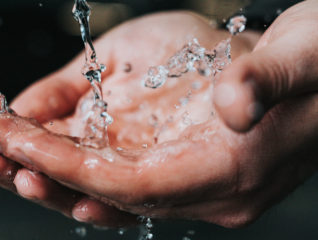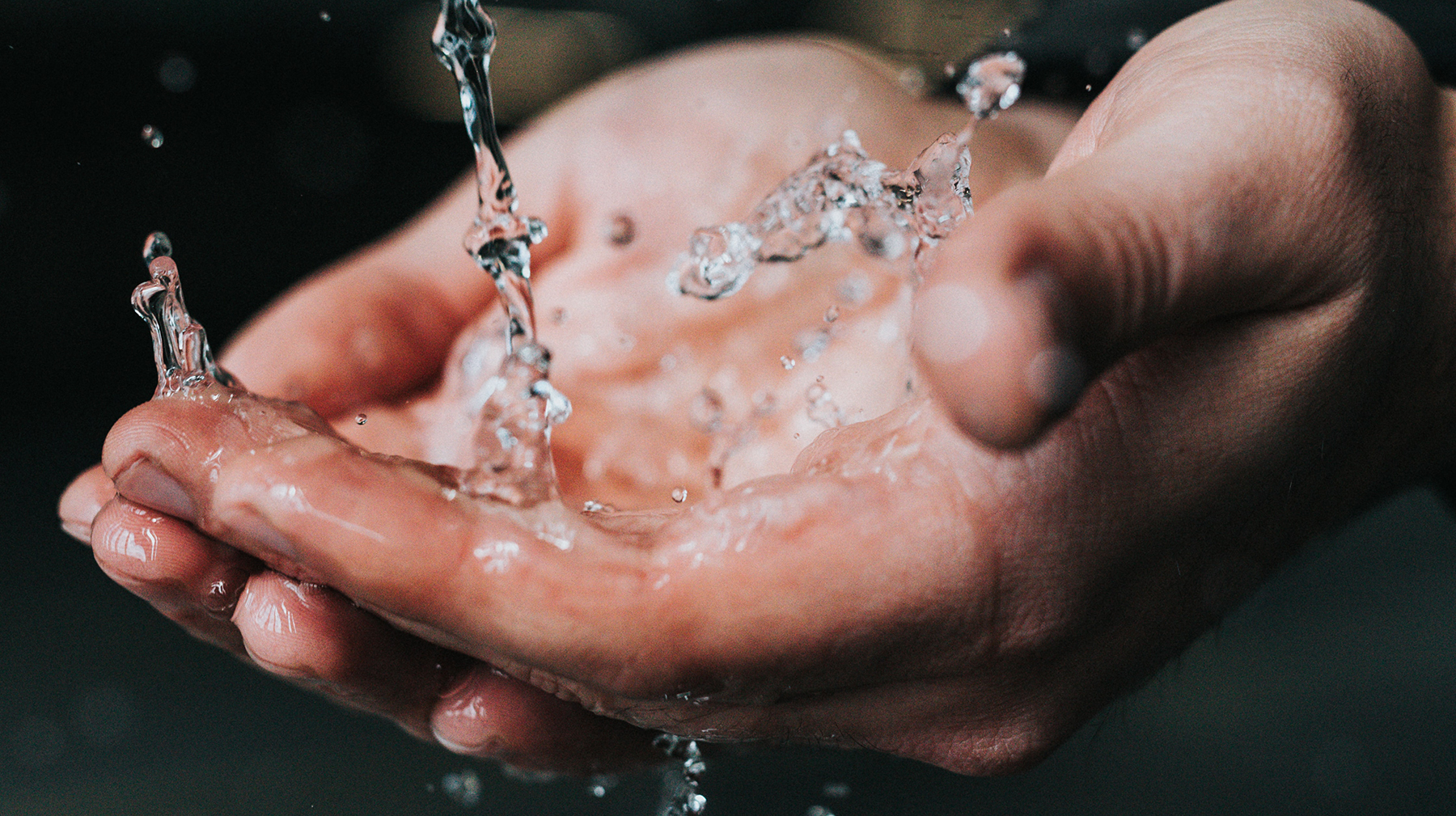
How to Make Hand Sanitizer At Home
- Book Sample /
- Health
How to Make Natural Hand Sanitizer at Home
This article was adapted from the book Prepping for a Pandemic by Cat Ellis
Soap or Hand Sanitizer?
Overuse of Antibacterial Soaps, Hand Sanitizers, and Disinfectants. In addition to coming in contact with antibiotic drugs in treating a sick patient, bacteria have been assaulted with a barrage of antibacterial agents. Bacteria have been able to share information about these agents and develop resistance. This resistance turns places such as hospitals, which use the most thorough disinfectants to protect their patients, into factories for some of the most resistant bacteria.
Soap is not always antibacterial, and it doesn’t have to be. Soap cleans through the creation of friction. The friction physically removes microorganisms. Hand washing needs to be done properly, but it’s a more sustainable way to keep pathogenic microorganisms off our hands and bodies.
Hand sanitizers can be a great option for when there’s no water. But what has happened in hospitals is that hand sanitizers have become a quick way to get around proper hand washing. Instead of killing all the bacteria on hospital staff’s hands, it ends up being applied in haste, in insufficient amounts, and the bacteria get a low dose to which they adapt.
Making Your Own Hand Sanitizer
Again, soap is always better than hand sanitizer. But if you’re running low on water, hand sanitizer is better than nothing. Most commercially made hand sanitizers contains triclosan, which has been linked to endocrine disorders and the creation of drug-resistant bacteria. If the claim is that a commercial gel is all-natural, it’s likely alcohol based. The problem is that once you apply the gel to the skin, the alcohol begins to evaporate. Whatever the alcohol hasn’t killed within two minutes won’t be, unless there’s another agent in the gel. Alcohol, even though it evaporates, is also tough on the skin.
If you would like to make some yourself, this is what I make for our bug-out bags and my emergency herbal medicine kit.
- ½ cup aloe vera gel
- 2 tablespoons witch hazel extract (Hamamelis virginiana)
- 80 drops lavender essential oil
- 50 drops rosalina essential oil
- 40 drops lemon essential oil
- 30 drops tea tree essential oil
- 20 drops thyme essential oil
Mix everything together in a bowl, and using a funnel or a cake decorating bag, fill a squeeze bottle with your natural hand sanitizer. Apply as you would any commercial hand sanitizer.
If you’re using fresh aloe vera juice from a plant, you’ll have to add some kind of preservative, most likely potassium sorbate, ascorbic acid, or citric acid. These are relatively easy to get from soap-making companies and herbal supply companies. If you buy all-natural aloe vera gel, it’ll already have one or more of these preservatives in it. If you want to make something purely natural, then use aloe gel straight from the plant, and add the oils and witch hazel. Store in the fridge and use up within a week. It may last a little longer because of the essential oils, but there’s no guarantee.
(Note: Ulysses Press has made the ebook of PREPPING FOR A PANDEMIC available to our readers at $2.99 for the duration of the COVID-19 outbreak)
Ordering Your Hand Sanitizer Supplies
Below are our recommended ingredients available on Amazon:
Ulysses Press has affiliate partnerships and links found on our website may be affiliate links. If you buy something by clicking through our links, we may earn an affiliate commission.
Prepping for a Pandemic
An in-depth guide to prepare your family for the widespread outbreak of any deadly disease like COVID-19 or H1N1 New pandemics hop around the globe every year. In 2009-2010, it was H1N1 that spread uncontrollably, infecting over 60 million people around the globe. In 2014, Ebola virus claimed 11,325 lives with just 28,652 cases—a stunning
Learn more







